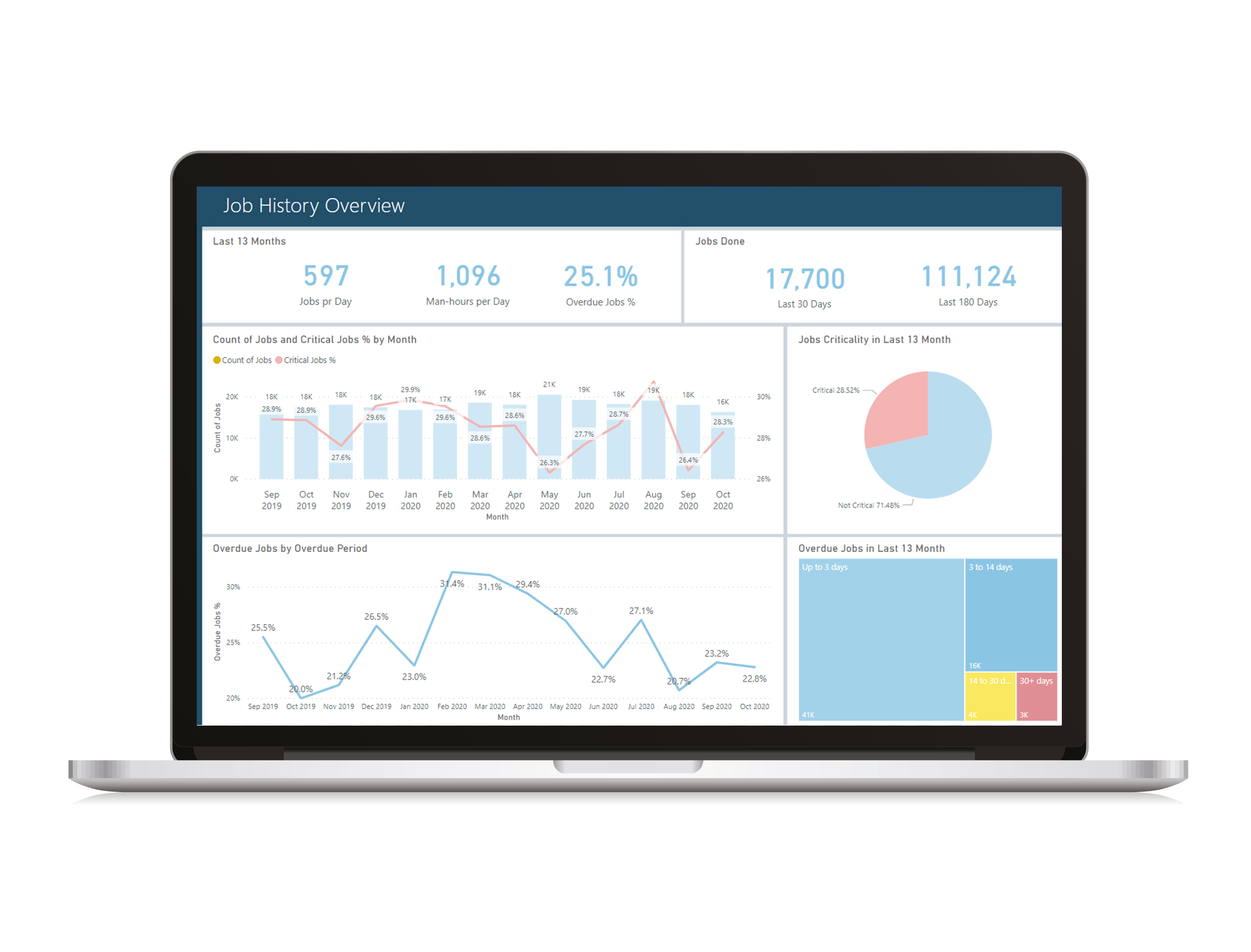Data is the new oil – but, in shipping, most of it is unrefined
By Satish Kanakasabai

Satish Kanakasabai
Regional Director (APAC)
Tero Marine Asia Pacific Pte Ltd
Big data is everywhere there’s no escaping it. Your activity apps track you from the moment you wake to the time your head hits the pillow again, and your fitness tracker probably logs your sleep pattern too. You get customised news sent directly to your phone, based on what you’ve read before, and you’re travel app knows your commute will be 15 minutes longer before you’ve even left your home.
Data drives so many of our decisions and behaviours in our daily lives, and yet it plays a much smaller role in the shipping industry – why?
Independent studies point out that a modern ship generates over 20GB of data every day. In 2019, it was estimated that the maritime industry as a whole was generating 100 to 120 million data points every day.
Every expert is shouting about how “data is the new oil” and that companies are sitting on a gold mine of data, but the reality is that rather than accumulating value many businesses are at the risk of data overload.
The ability to generate and pull data into your business has increased exponentially with the advent of new technologies, significant improvements in communication bandwidth on ships with VSAT getting cheaper, and an increasing number of new digital sensor technologies coupled with IoT now allow for transmission of large amounts of operational data between ship and shore.
Added to this are also implementation of enterprise systems for managing maintenance activities, warehouse and inventory management that increase the amount of data generated but the problem is they are all in completely different formats.
The reasons that companies are not getting full utility from the data they have in their business can be broken down into two groups: data quality and data expertise.
Data quantity and quality
As we said in the introduction, the volume of data being generated by a ship is astronomical. To put that figure of 20GB into context, it is the equivalent of over 8000 new average size spreadsheets being created every day.
The challenges of managing high volumes of data are dwarfed by the issues caused by the fragmented nature and poor quality of data flowing in and around businesses. Basing decisions on poorly managed data can have major consequences, potentially leading to higher costs and the potential for lost business opportunities. On the other hand, companies basing their forecasting on accurate and actionable data make big gains as they are in a better position to make informed decisions leading to monetary and other benefits.
Every team in an organisation generates and holds information that relates to their function. Each person or department in a shipping company often holds their own data sets, for example: Operations work with vessel and voyage information. Crewing generate rotation and certification information, Technical may look after maintenance and inventory data. Purchasing work with order and invoicing data – but each team holds this information in formats that make sense to them, and there are rarely any common links.
You yourself probably have a bunch of files on your hard drive that you use for your day-to-day work, but these are not available to other people, or you have a different version.
This is an example of decentralised data, individuals or teams holding information in ‘data silos.’ Everyone holds a part of the puzzle, but nobody can see the whole picture or reap the benefits of the information stored within the organisation as a whole.
A lack of expertise
Having a data scientist, or a dedicated data analyst, in a shipping company, is uncommon. The demand for skilled data scientists is already outstripping supply in all industries, driving wages up, which could see shipping lag behind for some time longer.
Understanding the shipping industry, its many fragmented and interconnected relationships, and the challenges resulting from the semi-digital nature of many transactions, is essential to being able to untangle and extract the gold from the data buried in companies.
Even with a clean dataset, understanding what the data is telling you and how best to act on the information usually requires another level of expertise. Any people or systems you bring into your business need to understand your market, your challenges, and your business goals.
The solution and the payoff
So how do we ensure optimal use of data? There are several aspects to optimising data usage but unfortunately not all of them are widely adopted today.
Firstly, it’s important to develop a culture in which data is understood to be an asset, this will help to ensure support and buy in throughout the enterprise. Also, companies should be aligned from top to bottom to implement best practises and data management and governance with an emphasis on data quality transparency and completeness.
Secondly, with a culturally driven infrastructure in place, business need to invest in better tools to extract information from their data that can be used to make informed decisions.
Business intelligence (BI) tools can pull data together from across a business, join the dots, and offer actionable insights that can be used to make decisions that will benefit the organisation.
Tools that do this well present information in various formats, including visually as graphs, charts and maps, and enable users to choose between a high-level view or drilled down analysis, depending on what they need to know.
A key to an effective implementation of an analytics or BI tool is to focus on action rather than analysis or data collection. An ideal solution will do the heavy lifting for you, presenting you with the key information you need, when you need it, providing you with more time and fewer headaches.
TM Insights is an interactive visualization tool that converts real-time data into intuitive reports and charts which, when measured against pre-determined KPIs, identify trends and uncover hidden problem areas so remedial action can be taken to improve operational efficiency.
Fully integrated to work with Tero Marine’s TM Master suite, TM Insights works with Microsoft’s Power BI software to give companies a complete and transparent overview of business performance from any fixed or mobile device and in any location.
As well as giving an overview of total fleet performance, users can also drill down into more detail to view data by ship type or even by individual vessel. This makes tracking and identifying key areas of concern extremely easy and keeps costs under control.
For instance using the maintenance application an operator can review a list of overdue jobs either at a fleet or individual vessel level based on a list of pre-set KPIs. These overdue jobs can be further sub-divided into critical and non-critical ones so that decisions can be made on what actions need to be taken.
Similarly, budgets can be analysed against actual spends and any overspends can be quickly highlighted. TM Insights can be used to analyse the causes of these overspends so that remedial action can be taken.
Making decisions based on factually correct data is clearly better than the old fashioned ‘gut reaction’ approach and as seafarers continue to reap the benefits of using smart technology in their working lives, the more efficient and optimised ship operations become.
Technology can and should be an enabler for our businesses. A continued reliance on manual processes and legacy technologies prevents many shipping companies from making optimal use of their data, but by investing in the right platform and technology you can ensure that all users have access to the same high quality, validated data for use in their decision making and operational processes.
Data on its own is worthless, what you do with the data can make it priceless.
If you would like to know more about how TM Insights can help you, please

Redefining fleet management
Intelligent, data-driven workflows and insights to maximise the efficient management of your fleet.


